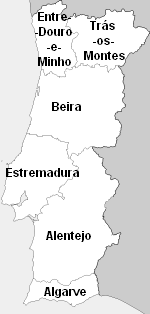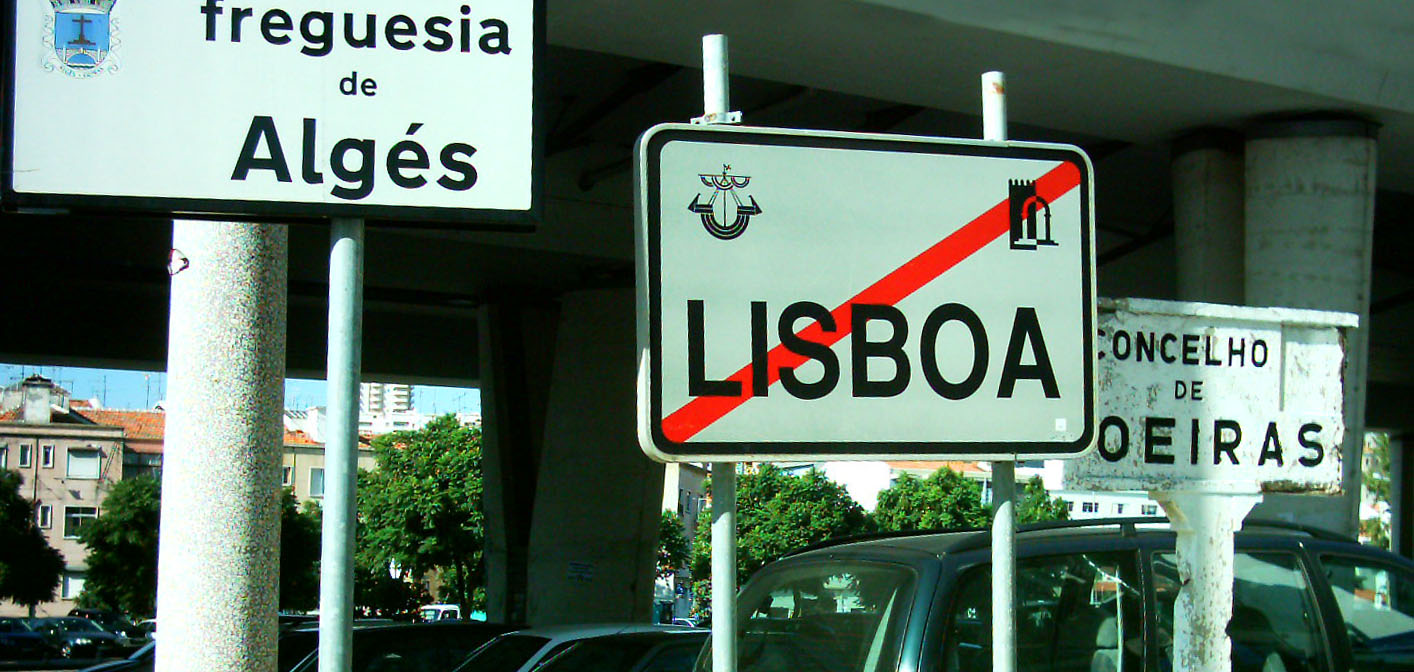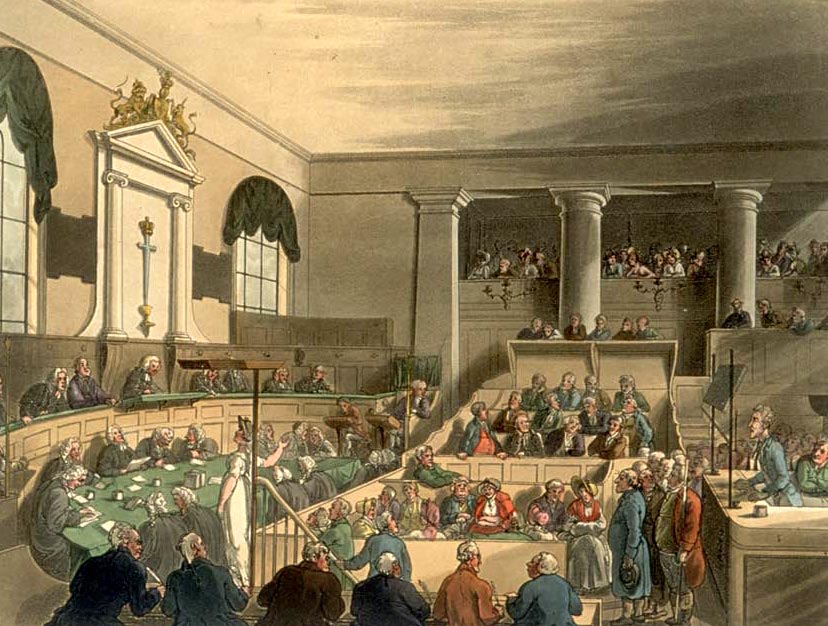|
Comarca
A ''comarca'' (, , , ) is a traditional region or local administrative division found in Portugal, Spain, and some of their former colonies, like Brazil, Nicaragua, and Panama. The term is derived from the term ''marca'', meaning a "march, mark", plus the prefix ''co''-, meaning "together, jointly". The ''comarca'' is known in Aragonese as ''redolada'' () and in Basque as ''eskualde'' (). In addition, in Galician, ''comarcas'' are also called ''bisbarras'' (). Although the English word "county" and its near synonym "shire" have similar meanings, they are usually translated into Spanish and Portuguese as ''condado'', a term which in the Iberian Peninsula refers only to regions historically ruled by a ''conde'' (count or earl). However, "comarca" is occasionally used such as in the Spanish Wikipedia entry for ''comarca'' and some translations of ''The Lord of the Rings'' (see below). Community of Portuguese Language Countries In the Community of Portuguese Language Countr ... [...More Info...] [...Related Items...] OR: [Wikipedia] [Google] [Baidu] |
Galician Language
Galician ( , ), also known as Galego (), is a Iberian Romance languages, Western Ibero-Romance language. Around 2.4 million people have at least some degree of competence in the language, mainly in Galicia (Spain), Galicia, an Autonomous communities of Spain, autonomous community located in northwestern Spain, where it has official status along with Spanish language, Spanish. The language is also spoken in some border zones of the neighbouring Spanish regions of Asturias and Castile and León, as well as by Galician migrant communities in the rest of Spain; in Latin America, including Argentina and Uruguay; and in Puerto Rico, the United States, Switzerland and elsewhere in Europe. Modern Galician is classified as part of the West Iberian languages, West Iberian language group, a family of Romance languages. Galician evolved locally from Vulgar Latin and developed from what modern scholars have called Galician-Portuguese. The earliest document written integrally in the ... [...More Info...] [...Related Items...] OR: [Wikipedia] [Google] [Baidu] |
Beira, Portugal
Beira () was one of the six traditional provinces or '' comarcas'' of Portugal. The territorial extension is different from that of the area called ''the Beiras'', which refers to three provinces of 1936, Beira Alta, Beira Baixa and Beira Litoral. Geography The most important cities within the borders of the traditional province are: Coimbra, Aveiro, Leiria, Viseu, Castelo Branco, Guarda, Figueira da Foz, Covilhã and Pinhel. The main river is the Mondego; other rivers include the Vouga, Dão, Côa, Zêzere and Paiva. The largest mountain range is Serra da Estrela – Continental Portugal's highest – other ranges being the Caramulo, Marofa, Gardunha, and Bussaco. Administrative history After the 15th Century, the new Kingdom of Portugal was divided into six great administrative units, referred to as comarcas. Since the Middle Ages there existed the Beira Province. 1832 In 1832 this province was divided into * Beira Alta * Beira Baixa 1936 In 1936 t ... [...More Info...] [...Related Items...] OR: [Wikipedia] [Google] [Baidu] |
Aragonese Language
Aragonese ( ; in Aragonese) is a Romance languages, Romance language spoken in several dialects by about 12,000 people as of 2011, in the Pyrenees valleys of Aragon, Spain, primarily in the Comarca#Spain, comarcas of Somontano de Barbastro, Jacetania, Alto Gállego, Sobrarbe, and Ribagorza/Ribagorça. It is the only modern language which survived from medieval Navarro-Aragonese in a form distinct from Spanish language, Spanish. Historically, people referred to the language as ('talk' or 'speech'). Native Aragonese people usually refer to it by the names of its #Dialects, local dialects such as (from Valle de Hecho) or (from the Benasque Valley). History Aragonese, which developed in portions of the Ebro basin, can be traced back to the High Middle Ages. It spread throughout the Pyrenees to areas where languages similar to modern Basque language, Basque might have been previously spoken. The Kingdom of Aragon (formed by the counties of County of Aragon, Aragon, Sobrarbe an ... [...More Info...] [...Related Items...] OR: [Wikipedia] [Google] [Baidu] |
Administrative Division
Administrative divisions (also administrative units, administrative regions, subnational entities, or constituent states, as well as many similar generic terms) are geographical areas into which a particular independent sovereign state is divided. Such a unit usually has an administrative authority with the power to take administrative or policy decisions for its area. Administrative divisions are often used as polygons in geospatial analysis. Description Usually, sovereign states have several levels of administrative division. Common names for the principal (largest) administrative divisions include: Federated state, states (subnational states, rather than sovereign states), provinces, States of Germany#States, lands, oblasts and Region#Administrative regions, regions. These in turn are often subdivided into smaller administrative units known by names such as comarcas, raions or districts, which are further subdivided into municipality, municipalities, Commune (administrativ ... [...More Info...] [...Related Items...] OR: [Wikipedia] [Google] [Baidu] |
Alentejo
Alentejo ( , , ) is a geographical, historical, and cultural region of south–central and southern Portugal. In Portuguese, its name means "beyond the Tagus" (). Alentejo includes the regions of Alto Alentejo Province, Alto Alentejo and Baixo Alentejo Province, Baixo Alentejo. It corresponds to the districts of District of Beja, Beja, District of Évora, Évora, District of Portalegre, Portalegre, and Alentejo Litoral. Its main cities are Évora, Beja, Portugal, Beja, Sines, Serpa, Estremoz, Elvas, and Portalegre, Portugal, Portalegre. It has borders with Beira Baixa Province, Beira Baixa in the north, with Spain (Andalucia and Extremadura) in the east, Algarve in the south, and the Atlantic Ocean, Ribatejo, and Estremadura Province (historical), Estremadura in the west. Alentejo is a region known for its traditional polyphonic singing groups, similar to those found in Tuscany, Corsica, and elsewhere. History In the 19th century, the comarca of the Alentejo became the Al ... [...More Info...] [...Related Items...] OR: [Wikipedia] [Google] [Baidu] |
Administrative Divisions Of Portugal
Portugal is a unitary state with delegated authority to three levels of local government that cover the entire country: * 2 Autonomous Regions of Portugal, autonomous regions (Azores and Madeira), and in Continental Portugal: 2 Metropolitan areas in Portugal, metropolitan areas, and 21 Intermunicipal communities of Portugal, intermunicipal communities * 308 Municipalities of Portugal, municipalities * 3091 Freguesia, civil parishes () (except Corvo Island which only has a single municipality) The Judiciary of Portugal has a separate geographic system. Portugal has a long history of complex, inconsistent and layered administrative geography. As a result, there is no single, unified layer of administrative units that spans the entire Portugal. The government structure is based on the Constitution of Portugal, 1976 Constitution, adopted after the 1974 Carnation Revolution. - Articles 225-262 The powers of the 18 Districts were removed when the government decided not to reappoint ... [...More Info...] [...Related Items...] OR: [Wikipedia] [Google] [Baidu] |
Brazil
Brazil, officially the Federative Republic of Brazil, is the largest country in South America. It is the world's List of countries and dependencies by area, fifth-largest country by area and the List of countries and dependencies by population, seventh-largest by population, with over 212 million people. The country is a federation composed of 26 Federative units of Brazil, states and a Federal District (Brazil), Federal District, which hosts the capital, Brasília. List of cities in Brazil by population, Its most populous city is São Paulo, followed by Rio de Janeiro. Brazil has the most Portuguese-speaking countries, Portuguese speakers in the world and is the only country in the Americas where Portuguese language, Portuguese is an Portuguese-speaking world, official language. Bounded by the Atlantic Ocean on the east, Brazil has a Coastline of Brazil, coastline of . Covering roughly half of South America's land area, it Borders of Brazil, borders all other countries and ter ... [...More Info...] [...Related Items...] OR: [Wikipedia] [Google] [Baidu] |
Judicial
The judiciary (also known as the judicial system, judicature, judicial branch, judiciative branch, and court or judiciary system) is the system of courts that adjudicates legal disputes/disagreements and interprets, defends, and applies the law in legal cases. Meaning The judiciary is the system of courts that interprets, defends, and applies the law in the name of the state. The judiciary can also be thought of as the mechanism for the resolution of disputes. Under the doctrine of the separation of powers, the judiciary generally does not make statutory law (which is the responsibility of the legislature) or enforce law (which is the responsibility of the executive), but rather interprets, defends, and applies the law to the facts of each case. However, in some countries the judiciary does make common law. In many jurisdictions the judicial branch has the power to change laws through the process of judicial review. Courts with judicial review power may annul the laws and ... [...More Info...] [...Related Items...] OR: [Wikipedia] [Google] [Baidu] |
Court
A court is an institution, often a government entity, with the authority to adjudicate legal disputes between Party (law), parties and Administration of justice, administer justice in Civil law (common law), civil, Criminal law, criminal, and Administrative law, administrative matters in accordance with the rule of law. Courts generally consist of Judge, judges or other judicial officers, and are usually established and dissolved through legislation enacted by a legislature. Courts may also be established by constitution or an equivalent constituting instrument. The practical authority given to the court is known as its jurisdiction, which describes the court's power to decide certain kinds of questions, or Petition, petitions put to it. There are various kinds of courts, including trial courts, appellate courts, administrative courts, international courts, and tribunals. Description A court is any person or institution, often as a government institution, with the authori ... [...More Info...] [...Related Items...] OR: [Wikipedia] [Google] [Baidu] |
Middle Ages
In the history of Europe, the Middle Ages or medieval period lasted approximately from the 5th to the late 15th centuries, similarly to the post-classical period of global history. It began with the fall of the Western Roman Empire and transitioned into the Renaissance and the Age of Discovery. The Middle Ages is the middle period of the three traditional divisions of Western history: classical antiquity, the medieval period, and the modern period. The medieval period is itself subdivided into the Early, High, and Late Middle Ages. Population decline, counterurbanisation, the collapse of centralised authority, invasions, and mass migrations of tribes, which had begun in late antiquity, continued into the Early Middle Ages. The large-scale movements of the Migration Period, including various Germanic peoples, formed new kingdoms in what remained of the Western Roman Empire. In the 7th century, North Africa and the Middle East—once part of the Byzantine Empire� ... [...More Info...] [...Related Items...] OR: [Wikipedia] [Google] [Baidu] |
Municipality
A municipality is usually a single administrative division having municipal corporation, corporate status and powers of self-government or jurisdiction as granted by national and regional laws to which it is subordinate. The term ''municipality'' may also mean the governing body of a given municipality. A municipality is a general-purpose administrative subdivision, as opposed to a special district (United States), special-purpose district. The English language, English word is derived from French language, French , which in turn derives from the Latin language, Latin , based on the word for social contract (), referring originally to the Latin communities that supplied Rome with troops in exchange for their own incorporation into the Roman state (granting Roman citizenship to the inhabitants) while permitting the communities to retain their own local governments (a limited autonomy). A municipality can be any political jurisdiction (area), jurisdiction, from a sovereign state s ... [...More Info...] [...Related Items...] OR: [Wikipedia] [Google] [Baidu] |
Corregedor
The Corregedor (''Inspector-General'' or ''Magistrate'') was a position established by the Portuguese crown in the 14th-15th century, with the authority to "correct" acts of a local, administrative or judicial nature within the kingdom. Although common throughout the kingdom, the role was more common and important in the administration of the Azores The Azores ( , , ; , ), officially the Autonomous Region of the Azores (), is one of the two autonomous regions of Portugal (along with Madeira). It is an archipelago composed of nine volcanic islands in the Macaronesia region of the North Atl .... History The King of Portugal had by ordination, in the entire kingdom, the right to send important authorities, in his name, to correct the acts at all levels of the local administration and judiciary.Carlos Melo Bento (2008), p.62 To this end, since he was unable to participate directly, he established the post of ''Corregedor''. The first Corregedor with jurisdiction over the Azores ... [...More Info...] [...Related Items...] OR: [Wikipedia] [Google] [Baidu] |





